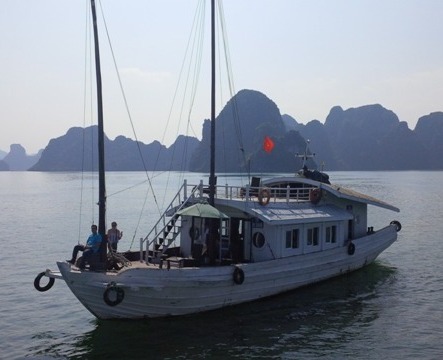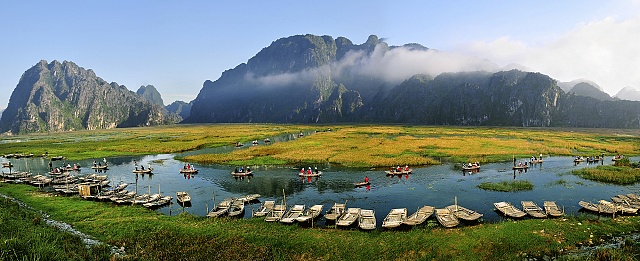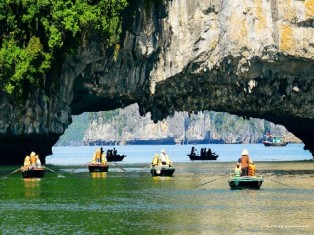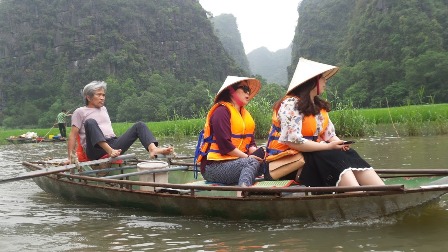In the heart of every Hanoi citizen, pedicab is a unique vehicle that makes a distinction for Hanoi culture. A lot of foreign visitors who travel to this city have choosen this means of transportation to explore the ancient beauty of Hanoi and daily life here.
When was cyclo born?
The birth of cyclo still remained a dubious story and controversiality in many countries. So far, both the Japanese and the American give out evidence that their countries have invented the first cyclo in 1868 or 1848 by the blacksmith following the orders from churches.
For the name of Xich lo, it derives from "cyclo" in French. A document showed that the term "cyclo" was appeared around 1939, for a French person named Coupeaud who invented then asked his government for license in circulation.
However, cyclo then was not popularly used in France or other countries, but in the colonial countries, including Vietnam. Since then, the vehicle has been called "Cyclo" in Vietnamese, soon then became a familiar means of transport with the Vietnamese people, especially in Hanoi.
At beginning, cyclo was used by French and the Hanoi administrators. Appearance of cyclo changes people's ways of transportation from palanquin, hammock, horse to cyclo. Gradually, moving around by cyclo became familiar on the streets in Hanoi, and exists till nowadays.
For convenient, friendly, and comfortable reasons so foreign tourists choose this mode of transportation when visiting Hanoi. Sitting on a cyclo, sauntered through the ancient streets, watching the bustling Hanoi in the old town is a significant pastime for tourists. The uniqueness of the tour by cyclo always makes them amazed each time going through the streets of traditional crafts. In the noisy, bustling modern city, the cyclo is a special highlight, which preserves culture of old Hanoi.
When was cyclo born?
The birth of cyclo still remained a dubious story and controversiality in many countries. So far, both the Japanese and the American give out evidence that their countries have invented the first cyclo in 1868 or 1848 by the blacksmith following the orders from churches.
For the name of Xich lo, it derives from "cyclo" in French. A document showed that the term "cyclo" was appeared around 1939, for a French person named Coupeaud who invented then asked his government for license in circulation.
However, cyclo then was not popularly used in France or other countries, but in the colonial countries, including Vietnam. Since then, the vehicle has been called "Cyclo" in Vietnamese, soon then became a familiar means of transport with the Vietnamese people, especially in Hanoi.
At beginning, cyclo was used by French and the Hanoi administrators. Appearance of cyclo changes people's ways of transportation from palanquin, hammock, horse to cyclo. Gradually, moving around by cyclo became familiar on the streets in Hanoi, and exists till nowadays.
For convenient, friendly, and comfortable reasons so foreign tourists choose this mode of transportation when visiting Hanoi. Sitting on a cyclo, sauntered through the ancient streets, watching the bustling Hanoi in the old town is a significant pastime for tourists. The uniqueness of the tour by cyclo always makes them amazed each time going through the streets of traditional crafts. In the noisy, bustling modern city, the cyclo is a special highlight, which preserves culture of old Hanoi.


































































